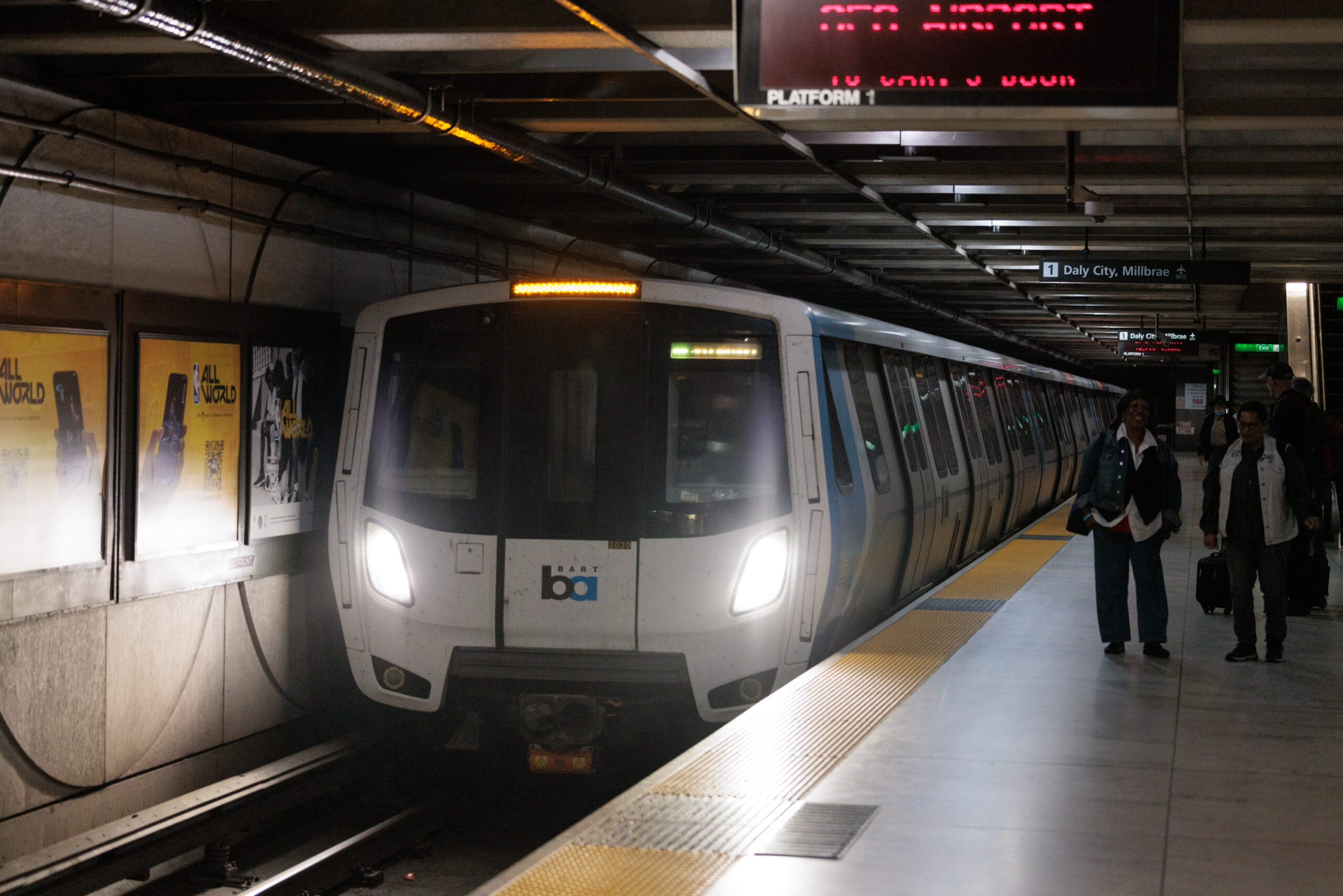Bay Area Rapid Transit fares will increase by 5.5% for most riders starting Jan. 1, the agency announced Monday.
The change will raise the average fare by 23 cents to $4.43. A 12-mile trip from Downtown Berkeley to Embarcadero, for example, will increase by 25 cents to $4.75, according to BART. For a 45-mile trip from Antioch to Montgomery Street, the fare will increase by 40 cents to $8.60.
The fare increase was approved by BART’s Board of Directors during the June 8, 2023, budget vote.
BART’s Inflation-Based Fare Increase Program, which has been in place since 2003, would have required an 11% fare increase in January 2024. To cushion the economic impact on riders, the board directed staff to raise fares by 5.5% in January 2024 and again at the same rate in January 2025.
Lower-Income Rider Discount
At the same time as the fare increase, the discount for lower-income riders will increase from 20% to 50%. Clipper START offers discounts for Bay Area residents aged 19-64 earning under 200% of the federal poverty level. For a household size of one, the maximum a person can earn in 2023 is $29,160 to qualify for the discount, according to the United States Department of Health and Human Services. For a household of four, the earnings cap is $60,000.
BART also offers a 50% discount for riders between ages 5 and 18 with a Youth Clipper card. Seniors aged 65 and older get 62.5% off with a Senior Clipper card.
BART’s trip planner and online fare calculator have been updated with the new fares. Riders can look up their new fare by selecting a date of Jan. 1, 2024, or beyond. New fare chart information will be posted at vending machines.
The fare changes come as BART is making other changes to increase revenue, including installing taller security gates at some stations, including West Oakland, to prevent fare evasion.
In the fall, BART began running shorter trains on a new schedule. However, some riders did not like the shorter trains. BART also phased out paper tickets on Nov. 30, although the new Clipper-only fare payment system ran into a hiccup Monday after a Clipper outage enraged morning commuters.
BART has been in dire financial straits as ridership has struggled to return to pre-pandemic levels. BART ridership in November was 37% of levels during the same month in 2019, according to the agency’s monthly ridership reports.
